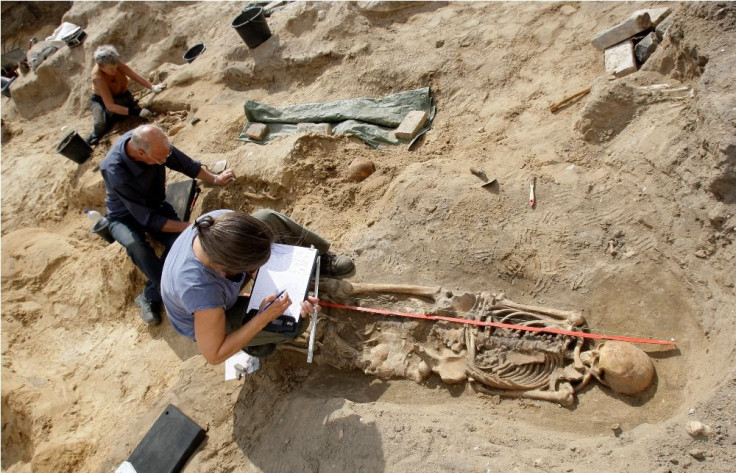Archaeologists unearth ancient Greek city left abandoned in massive massacre

The secrets of one of the world's greatest tragedies have been revealed. A team of archaeologists are gradually unearthing an ancient Greek city named Selinunte in Sicily, the inhabitants of which were slaughtered nearly 2,500 years ago.
Selinunte is similar to the ancient Greek Pompeii wherein a part of the entire city is still intact despite the slaughtering and destruction that took place in the area. It is believed that the inhabitants of Selinunte were enslaved or slaughtered by the North Africans in the late 5th century BC, reports The Week.
At Pompeii, all the buildings and houses were buried under volcanic ash. However, investigation studies have released that the entire Selinunte city was gradually buried under tons of windblown sand and earth. The excavation around the area is expected to reveal the details on when the city ceased to exist as a living Greek city.
A team of researchers at the University of Bonn has recovered half-eaten meals from the abandoned location which suggests that it was left in a hurry by its inhabitants as the destruction hit them. The team has also recovered a number of unfired ceramic products which means that local workers abandoned them before putting them in the kilns.
“Selinunte is the only classical Greek city where the entire metropolis is still preserved, mainly buried under sand and earth. It therefore gives us a unique opportunity to discover how an ancient Greek city functioned,” said Professor Martin Bentz, the director of the excavation project at Selinunte, reported The Independent.
It is estimated that more than 16,000 Greek inhabitants were butchered in the area that once existed as a major population centre. In addition, the Carthaginian troops took more than 5,000 men and thousands of women and children as slaves.
Contact the writer at feedback@ibtimes.com.au, or let us know what you think below.





















